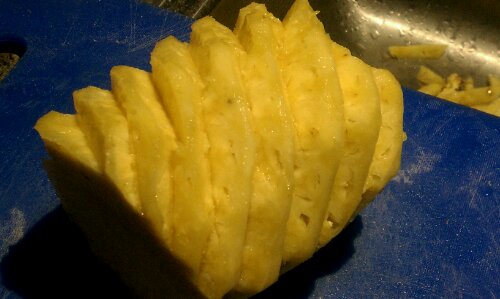
With it being unseasonably warm again this past weekend, (as a disclaimer, I haven’t actually checked the average temperature this time a year, but somehow got used to the more frosty temperatures) I wanted to take advantage of my grill at least one more time. And, if you haven’t tried it before, pizza from the grill is the best! So following is a short tutorial on how to get the perfect Pizza off of the grill; and go ahead, have all the toppings you want!
This makes 2 pizzas, and serves four average sized appetites, however I have one time eaten a whole pizza in one sitting, not just a half, after a weekend out hiking and such. So I’d say depending on your level of activity.


 Ingredients, puffy pizza before flipping over, and toppings on ready to close the lid and let the magic happen!
Ingredients, puffy pizza before flipping over, and toppings on ready to close the lid and let the magic happen!
Ingredients
- 1/2 to 3/4 lb pizza dough (homemade or store bought)
- 1 to 1 1/2 cups pizza sauce (store bought)
- 1/4 lb to 1/2 lb Mozzarella cheese
- Flour, to roll dough out on
- Semolina or cornmeal, for dusting
- Assorted toppings of choice, some suggestions:
- Olives
- Sliced ham
- Red peppers
- hot pepper flakes or sliced hot peppers
- Salami, sliced
- additional cheese (like Fontina, or blue cheese)
- Capers! (I love capers 🙂 )
- Oregano and basil
- Anchovies
- Pineapple
Directions
- Heat your grill to high/hot.
- In the meantime, prepare all the ingredients so you have them ready and they can quickly be put on the pizza. Set aside
- Divide the pizza dough into two balls, place one on a generously floured surface and roll out until very thin (less than a 1/8″), don’t worry if it gets odd shaped. Set aside on a sheet or pizza peel dusted with semolina or corn meal. Resist the urge to fold dough in half, it can get sticky quickly, I tried it, I know…
- When the grill has reached at least 400 F (You can get a thermometer for your home grill, but I have successfully made this over open fire while camping, it just needs to be hot), rub the grates using your grill thongs and a balled up paper towel with a little oil on it.
- Now you’re ready to start the pizza: Slide the rolled out dough, one piece at a time from the peel onto the grill grates, then close the lid and grill until slightly browned on the bottom. (They may become big and puffy as the water evaporates inside the dough due to the high heat. Don’t worry about that, just poke them with your spatula before you flip them over.)
- Flip the pizza, and quickly spread the sauce onto the dough, from the center out until about 1/2″ from the edge. Spread with Mozzarella, then top with any of your favorite toppings. ( You want to do this quickly to not lose too much of the built up heat inside the grill) Close the lid and finish cooking the second side until bottom is browned and crisp and the cheese is hot, bubbly and melted all the way. On a gas grill it might be necessary to turn the heat down a bit at this time.
- Slide off the grill onto pizza peel, and serve.

© 2012 SimpleHealthyHomemade




 Pineapple dehydration is extremely useful when the pineapple isn’t as ripe as it looked at the store!
Pineapple dehydration is extremely useful when the pineapple isn’t as ripe as it looked at the store!


 © 2012 SimpleHealthyHomemade
© 2012 SimpleHealthyHomemade Soaking the beans in plenty of water overnight is essential
Soaking the beans in plenty of water overnight is essential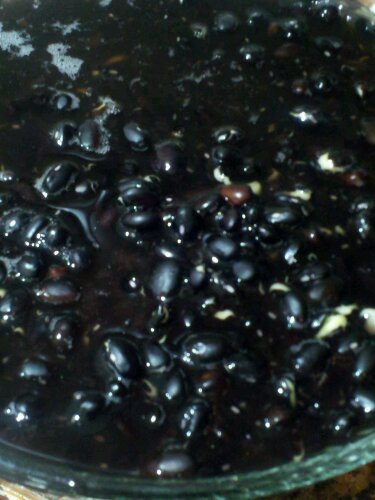 the next morning: after soaking
the next morning: after soaking
 All ready to freeze, packaged in portions ( I could probably have let them cool a little longer,a s you can see there is condensation in the bags)
All ready to freeze, packaged in portions ( I could probably have let them cool a little longer,a s you can see there is condensation in the bags)

 My little gnocchi factory 🙂
My little gnocchi factory 🙂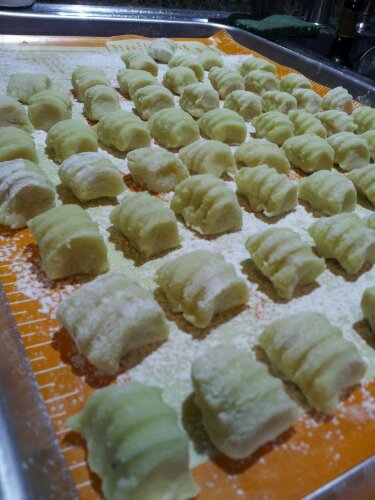 makes enough for about 3 meals for 2 people
makes enough for about 3 meals for 2 people





 or
or 

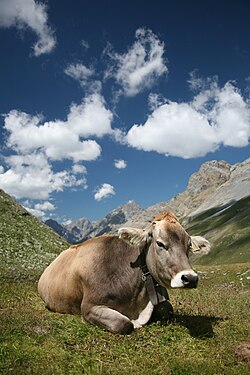 vs
vs 

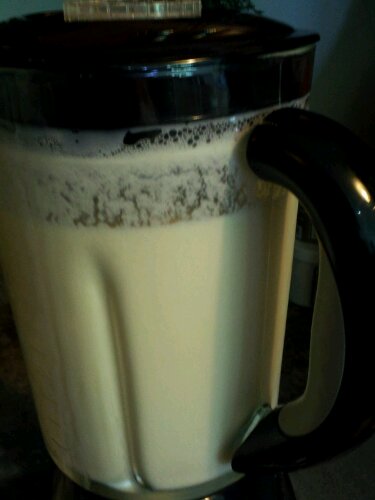
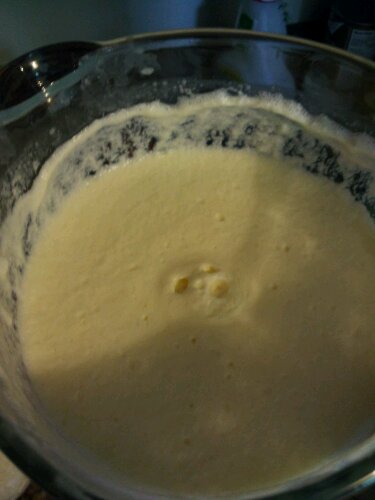









 Wild Blue berries along the hiking route
Wild Blue berries along the hiking route


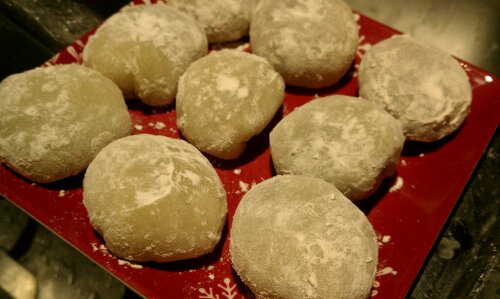

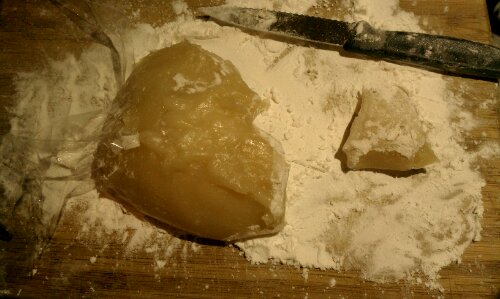 Make sure the entire work surface is covered in
Make sure the entire work surface is covered in 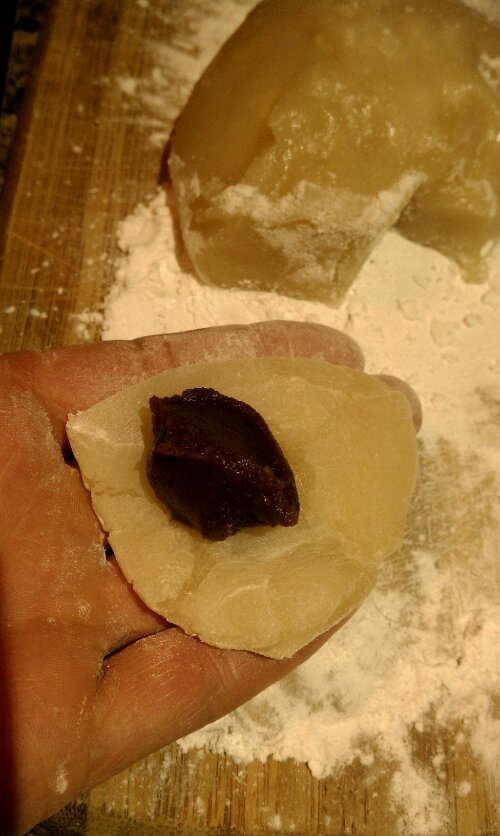 …place the filling in the center…
…place the filling in the center…
 Copyright © 2012 Simple Healthy Homemade. All rights reserved
Copyright © 2012 Simple Healthy Homemade. All rights reserved


